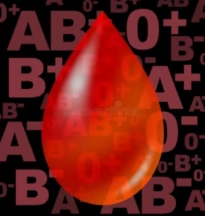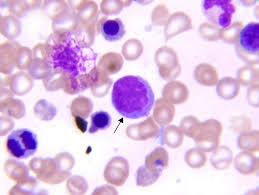
Introduction The ABO blood group system is the most important classification used for blood transfusions, categorizing human blood into four main types: A, B, AB, and O. This classification is Read More …
Simplifying Allied Health Learning.

Introduction The ABO blood group system is the most important classification used for blood transfusions, categorizing human blood into four main types: A, B, AB, and O. This classification is Read More …

Introduction Bone marrow is the main factory of blood cells. It produces red cells, white cells, and platelets. Many blood diseases start in the marrow, so studying marrow samples is Read More …
Quantitative assays of coagulation factors are critical for diagnosing and managing bleeding disorders. These assays measure the levels of specific clotting factors in the blood, which can be deficient or Read More …
Screening coagulation tests are essential in the haematology lab to assess the blood’s ability to clot properly. These tests help in diagnosing clotting disorders and monitoring anticoagulant therapy. Here’s a Read More …
The hemostatic mechanism is a complex process that prevents and stops bleeding from damaged blood vessels. It involves a series of tightly regulated steps, each critical for maintaining vascular integrity. Read More …